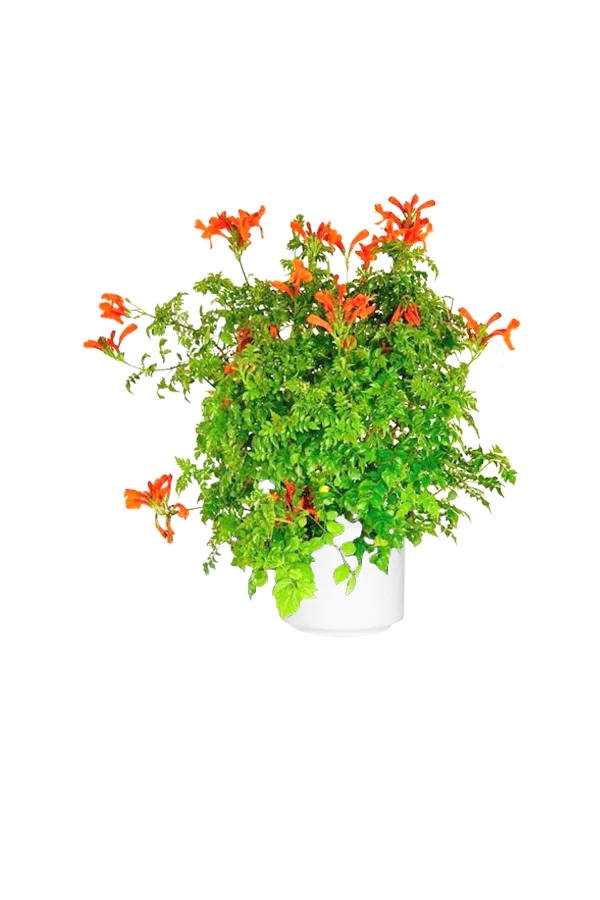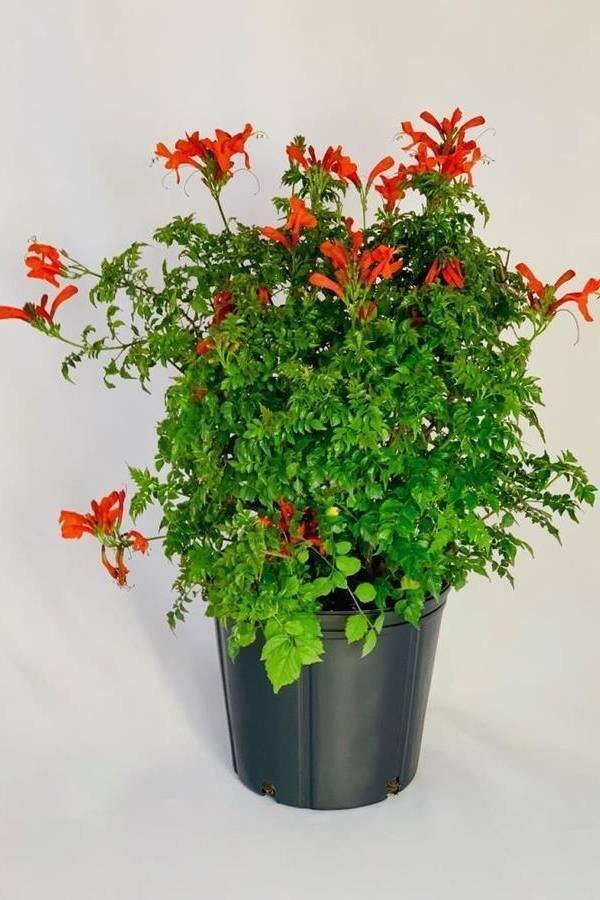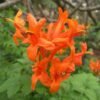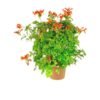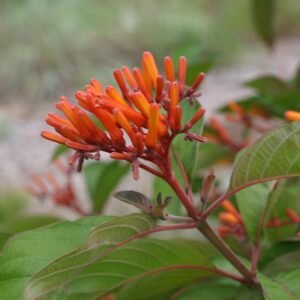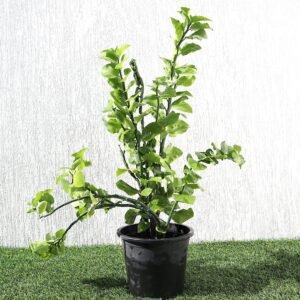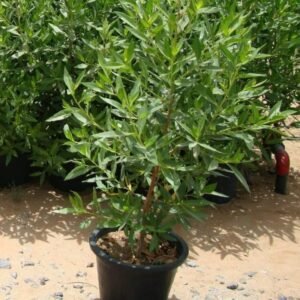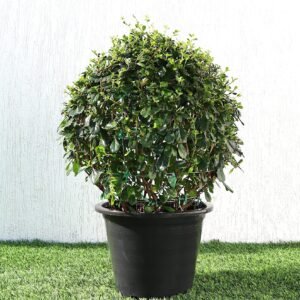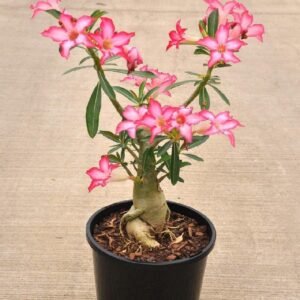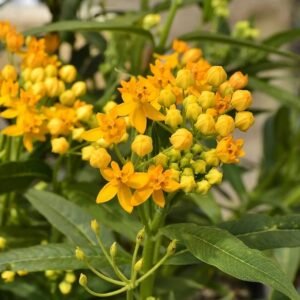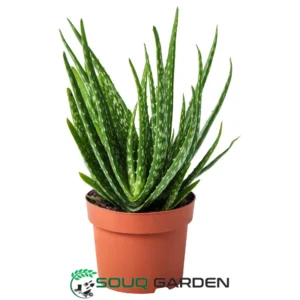| Scientific name | Tecoma capensis |
| Common name | Cape honeysuckle |
| Temperature requirement | 25-35 °C |
| Humidity | 40-50% |
| Light | full sun or partial shade |
| Watering | Water everyday &keep moist |
| Pests | Aphids and scale insects |
| Pet friendliness | Mealybug |
| Maximum plant height | 300-400cm |
| Potting mix | Potting soil/red soil/manure/perlite |
| Pot requirement | Good drainage&repot every 1-2 years |
| Nutrition | Apply manure for first 15 days and npk for next 15 days |
| Pruning & training | Remove dead & diseased leaves with sterile shears |
| Common color & season | brilliant orange and deep red trumpet-shaped flowers. |
| Description | tecoma capensis likes habitats with ample sunlight and needs no less than 8 hours of light exposure every day from spring to fall. Insufficient light can lead to shedding foliage, poor growth, and sparse blooming. To grow it well, look for sun-facing areas, especially during its seedling period when the plant can grow rapidly. If it’s grown in a shady environment or under trees, it may become slender and weak or even fully creep to the ground.Fertile, well-drained, sandy soil is preferred by cape honeysuckle. The ideal soil ph range is 5.2-8.0, Or slightly acidic to neutral. The plant can also survive in barren or saline-alkali soil by the sea. With sufficient nutrition, soil helps the plant rapidly grow and bloom. When the soil is less fertile, it can be improved by adding nutrient soil or organic manure. Is tolerant of both drought and waterlogging. Reasonable dryness during its seedling period can help the roots develop downwards, so only water once when the surface soil gets completely dry. Keep the soil well-drained in rainy seasons. Once matured, the plant doesn’t need much watering unless there is a long-lasting drought. For potted plants, the amount of soil a pot can hold is limited and the water conserved in the soil is limited, too, making the plant prone to dehydration. When the surface soil becomes dry, watering is necessary. When the summer temperature rises above 30 ℃, it will enter semi-dormancy, and watering should be reduced to prevent shedding foliage and rotting roots. Watering should be reduced in the winter as well for the same reason. Apply more phosphate and potash fertilizer during the flowering season to help the plant bloom and make the stem firm and erect. Fertilize once every half-month during the seedling stage. After the plants mature, fertilize it 3-5 times a year; using the fertility of the soil and the growth of the plant overall to determine if more fertilization is needed. In late fall, cape honeysuckle gradually enters dormancy, so fertilizing should be reduced and eventually stopped before winter comes. For potted plants, it’s best to fertilize once every 2 weeks from the beginning of spring through the flowering season. After the first round of flowers withered, deadhead the spent flowers, promptly prune off the yellow leaves and dried branches, and apply some low-concentration, water-soluble, phosphate, and potash fertilizer to promote another round of flowering.Grows opportunistically and can be hard to shape into a particular look, so it makes pruning very important in their maintenance. If you wish to grow them as shrubs, wait until the plants reach 30 – 50 cm tall, then cut 5 – 10 cm off the tops of the branches. This encourages new branches to sprout from under the incisions. Prune these again when the lateral branches reach 50 cm in length, and repeat the pruning multiple times to create your desired plant shape. |
Additional information
| Choose Height | 60cm-80cm, 80cm-100cm |
|---|



